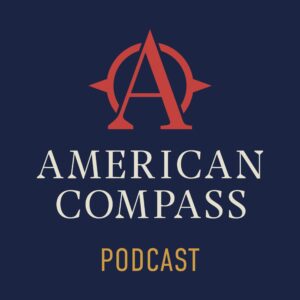
RECOMMENDED READING
On what surely was a brisk fall day in November 2017, two professors from the Columbia Business School crossed the historic Mill Creek Park Bridge in Youngstown, Ohio, and “remarked about what a useful and attractive connector it was for the city.” They had other bridges on their mind as they walked, though: “economic bridges for Youngstown and similar communities,” the professors mused, might “carry them to renewed opportunity.” The metaphor made such an impression that one of them has now written a book about it.
“Like the one over Mill Creek Park, bridges can take cities like Youngstown to new opportunities while remaining connected to the past,” expounds Professor Glenn Hubbard in The Wall and the Bridge:
A bridge has to have a foundation and a path for crossing it. Not everyone needs the same bridge, but the bridge is a common service and therefore analogous to “we are all in this together.” Figuring out how to build the bridges and get people across them, not a “Build the Wall” soundbite, is our subject here.
Yes, the metaphor becomes that tiresome that quickly. No, dragging it out to book length does not help.
Hubbard warns that “the lack of bridges continues to fan the flames of populist calls for walls.” He celebrates that “bridges can breathe life into the spread of prosperity and mass flourishing that Adam Smith imagined, and avoid walls that can snuff out gains from change.” He observes that, “while bridges push the economic frontier, their flip side actually tears down walls.” The phrase, “walls risk throwing out, not slimming down, the wealth-of-the-nation baby with the disruption bath water,” becomes no clearer when repeated 122 pages later.
Perhaps poking fun at bad writing is pedantic and uncharitable, but at some point the constant mixing and misuse of a muddled metaphor betrays muddled thinking. Any civilization requires both walls and bridges. Far from being mutually exclusive, they address different challenges and are often complementary. The idea that one must choose between them; that one is always right and the other always wrong; and that “the antidote or counterargument to a wall is a bridge,” in Hubbard’s dichotomous formulation, reeks of fundamentalism rather than reasoned analysis.
Recommended Reading
The Future of American Energy with Thomas Hochman
Oren and Thomas discuss American energy policy, the promise of nuclear, climate change, regulatory hurdles, and much more.
Michael Pettis on Dollar Dominance
Oren is joined by Michael Pettis for an in-depth discussion of the dollar as the global reserve currency: pros, cons, and what it all means for the American economy.
How Republicans learnt to love bigger government
The era of “the era of big government is over” may itself now be over, writes Oren Cass in the Financial Times.











